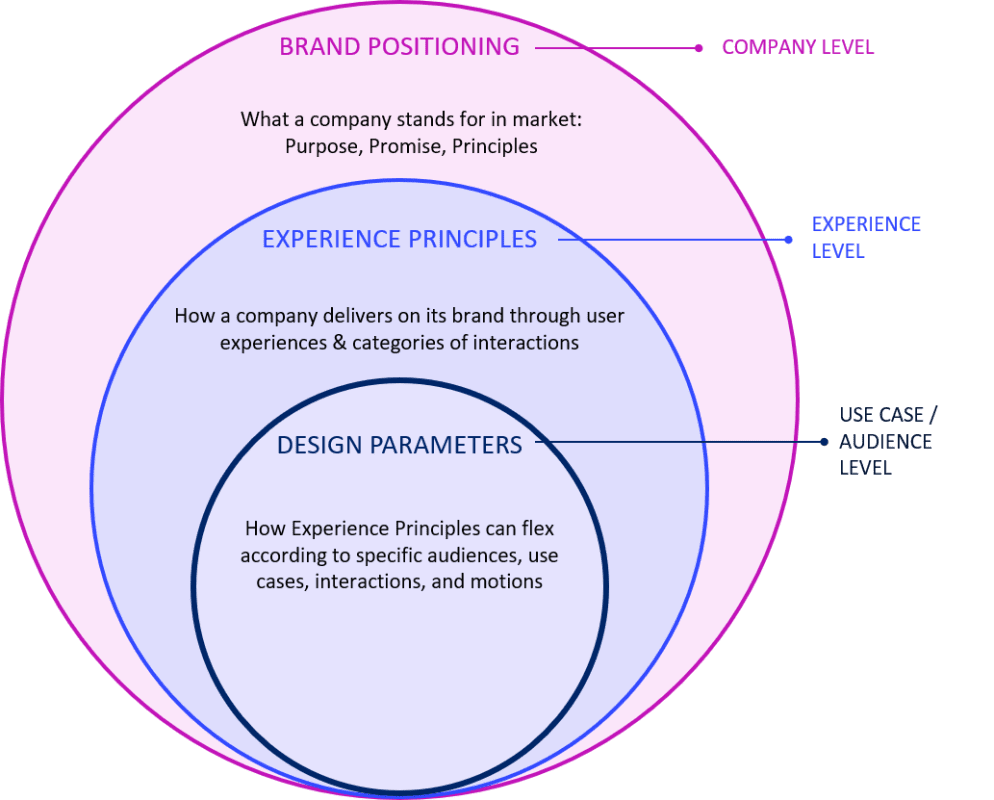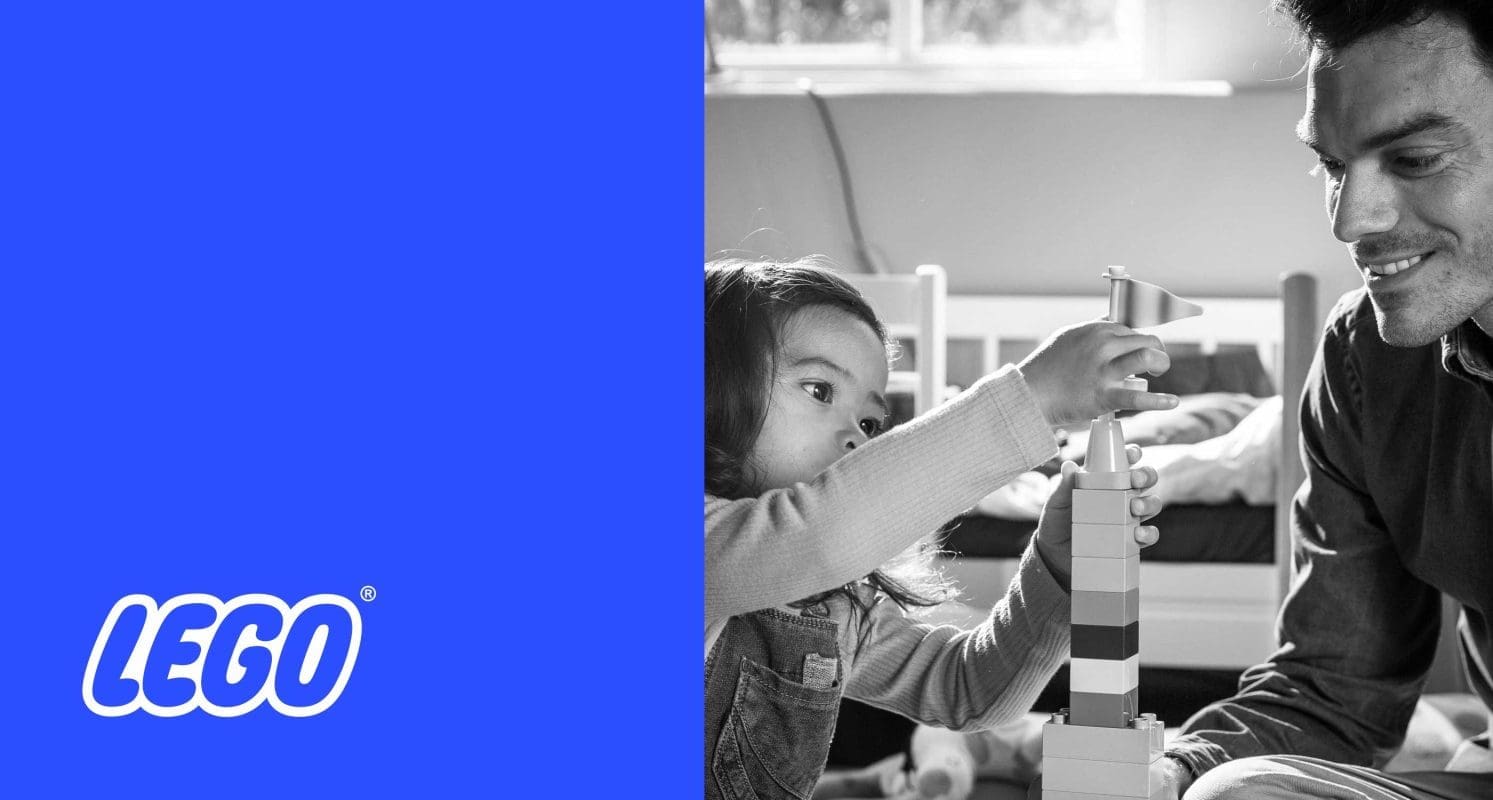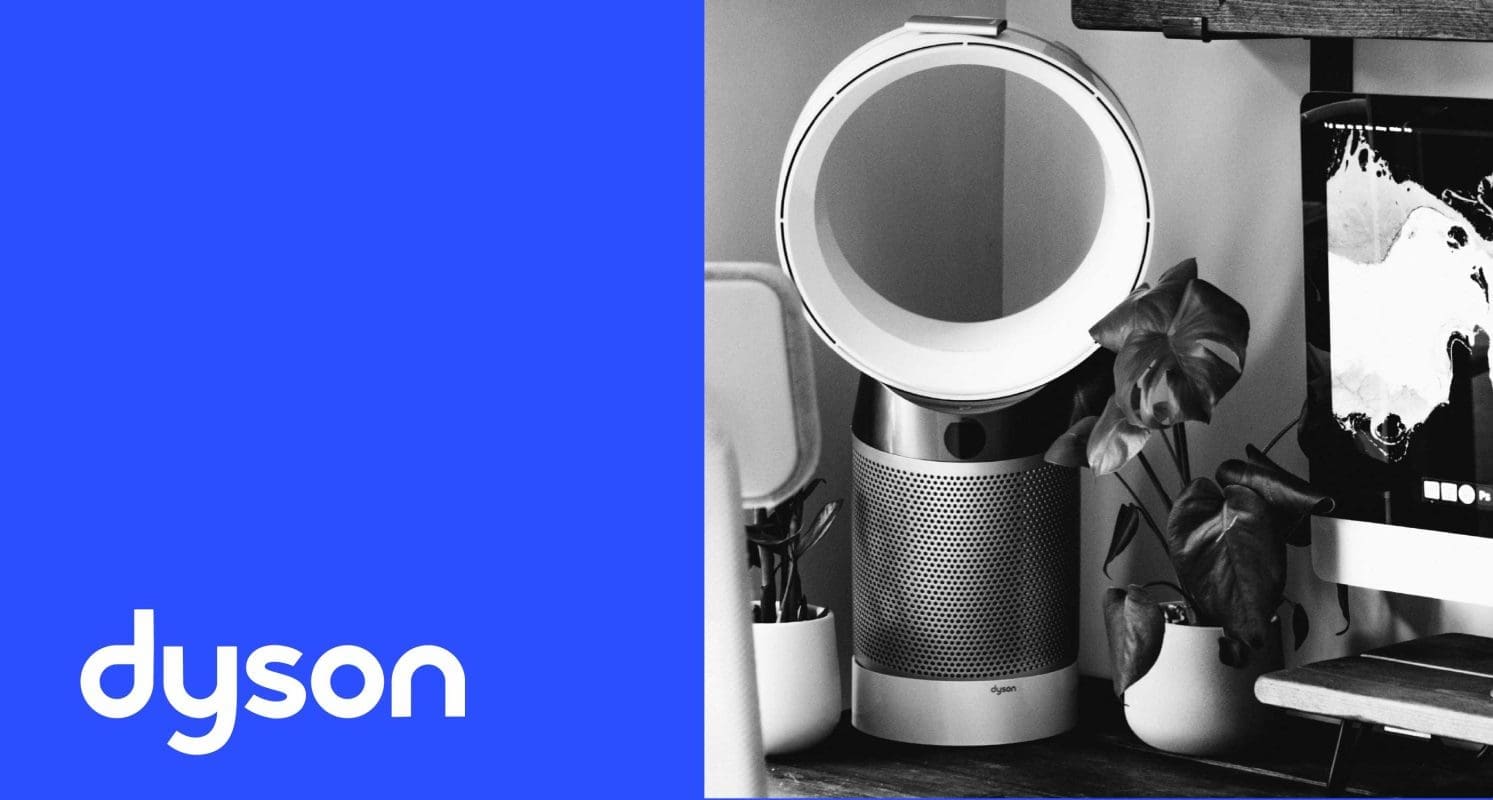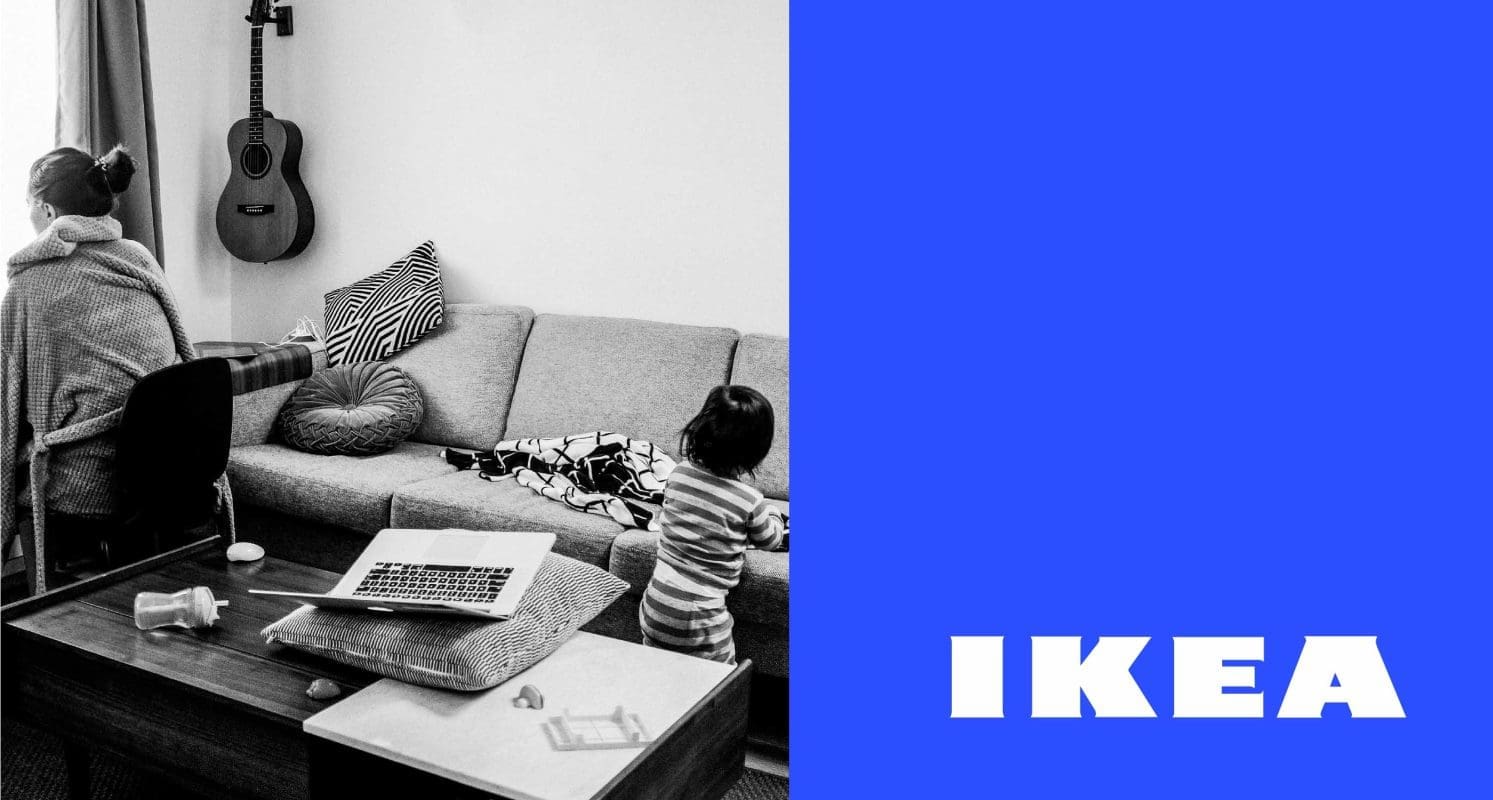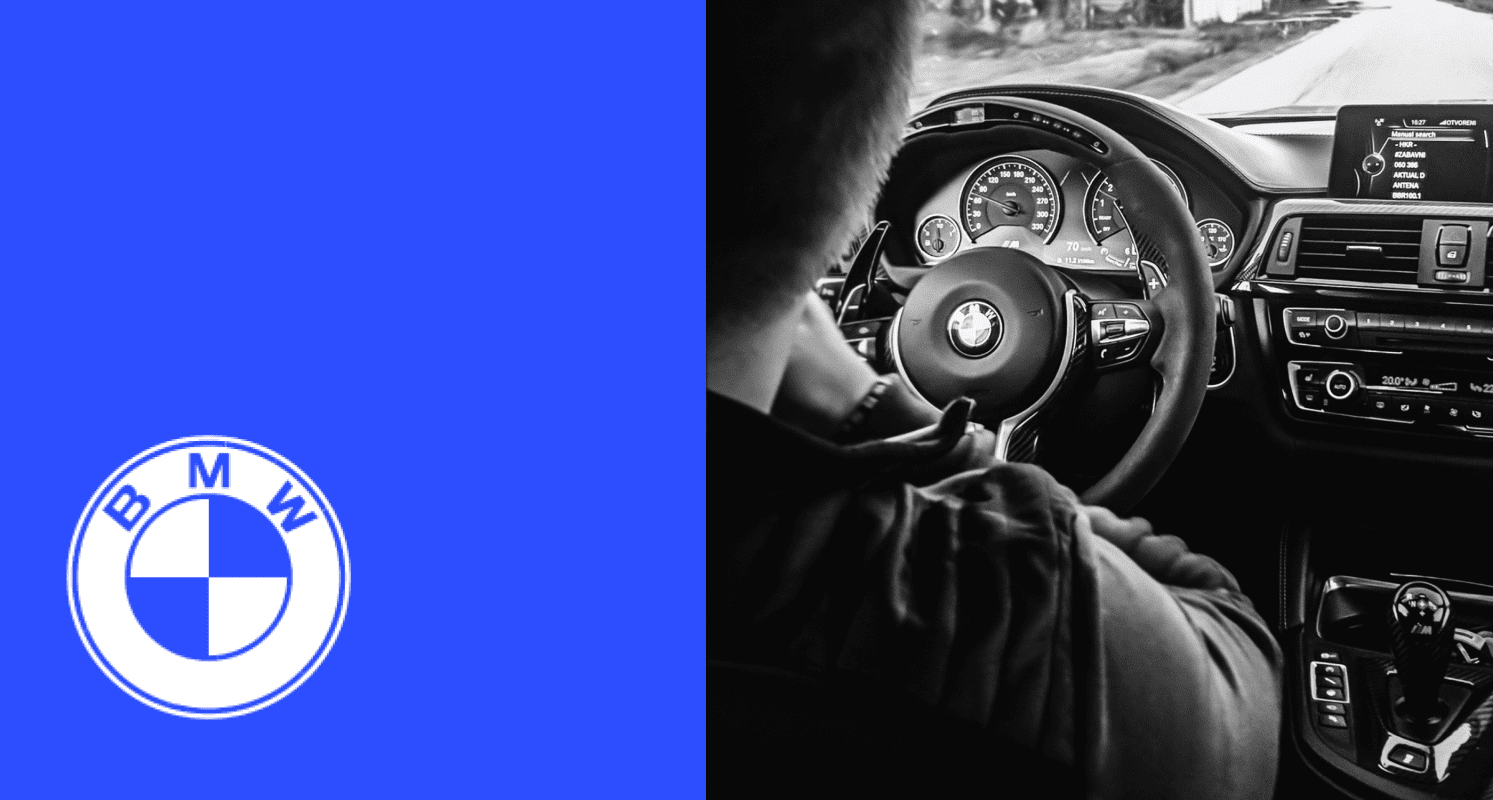BLOG
How To Respond to New Customer Expectations Around Data and Experience
People feel vulnerable. Build trust by finding new ways to show them you’re protecting their data.
The most lasting change of the pandemic is likely the “digital load shift,” as people rapidly adopted new tech habits that experts once thought would take years to establish.
These behaviors have radically changed the way people experience the world. They’re buying houses they’ve never physically stepped inside, working with people they’ve never met in real life and investing in stocks recommended by their social-media community.
Even as COVID-19 vaccination rates, this digital load shift is here to stay, and with it are increasing privacy concerns and higher expectations for what a “good” experience feels like. Better-informed consumers are demanding more from the devices, networks and brands they use. For financial-services companies during their own digital transformations, this presents a valuable opportunity to re-assess priorities across their own digital roadmaps.
A Growing Sense of Vulnerability
It’s not entirely accurate to link consumers’ growing wariness to the pandemic. Certainly, the 2018 Facebook/Cambridge Analytics scandal rattled trust in Big Tech. And the mistrust doesn’t stop there. “The Social Dilemma,” a Netflix documentary detailing the ways companies like Google and Facebook manipulate consumers, was one of the most popular releases last year Google, at least for the moment, has an edge in the battle for trust, with 66% of people saying they generally trust it, versus just 38% for Facebook).
As companies try and move past the pandemic, they must address these suspicions. If businesses want people to share data, they need to offer more in return, including greater customer control over the data, transparency in how it is used, and greater value for data exchanged.
It’s not likely people will cut back on their digital life. American adults now spend 16-plus hours per day with digital media, up 25% from pre-pandemic levels. But they’re smarter, with 54% saying COVID-19 has made them more aware of the personal data they share.
While they are alert to high-profile breaches, 50% say they are still willing to share – as long as they get a fair value in return. The majority – 56% – want more control and better information about how that information will be used. Google Pay, for example, has released a control center for users to control their data for personalization, payments profile and transactions and activities.
Linking Digital Experiences
Winning with these skeptical consumers will become more difficult as the load shift from analog to digital channels accelerates.
“They’ll increasingly expect experiences that link and mutually enforce each other across all other channels.”
Consumer preferences and behavior have leapfrogged by years and 75% of consumers say they’ll continue using the digital channels they’ve started to use during the pandemic. This spans across age groups and channels. About 44% of consumers say the pandemic has led them to use their banking apps more. Some 71% of consumers aged 55 and older prefer an internet chat/video insurance claim process to replace the traditional in-office approach. Two-thirds of consumers prefer to book and reschedule appointments online rather than over the phone.
Forward-looking firms know these changes are here to stay and are actively solving for the new future state, rather than trying to play catch up to the 2019 status quo. About 86% of financial services executives plan to increase their AI-related investments through 2025. One-third of banks plan to increase spending on digital channels over the next year.
Emerging as a category leader takes exceptional strategic innovation and a digital roadmap that can adapt to unforeseen market changes.
Capital One, for example, uses cloud and artificial intelligence to connect customer experience across all touchpoints. Prospect and customer feedback is gathered across channels and stages of the journey and is synthesized using natural language processing to optimize the experience. As the first U.S. bank to operate completely on the cloud, Capital One uses cloud data systems to maintain a unified customer view across all channels.
As financial services companies transition from analog to digital experiences, they must follow consumer preferences closely to innovate more quickly. It’s more than having the right technology to deliver those experiences – it’s cohesively linking those experiences across channels.
Three Ways to Strengthen Digital Trust and Reinforce Omnichannel Experiences
1) Create an “opt-in” strategy
Include methods for asking for “opt-in,” centralizing how prospects and customers can manage their data within the ecosystem.
2) Perform qualitative research to understand the importance of data control in experiences.
Audit prospect and customer touchpoints that request data. Is it clear how data will be used? Is the value exchange meaningful and easy to understand?
3) Define existing and new opportunities for points of convergence.
To develop mutually reinforcing and cohesive multichannel experiences, companies must prioritize opportunities. Which experiences are most desirable to our customers? Are they viable for our industry? Are they feasible for our business? Leaders must adapt their transformation roadmaps to make sure both experience design and technology builds toward this convergence.
FINAL THOUGHTS
As people journey into increasing levels of digital sophistication, striving to protect their privacy and financial data isn’t enough. Financial services companies will have to continually demonstrate how they are adopting new technology to serve customers better. Developing a distinctive, durable quid-pro-quo for this data exchange is the next frontier for financial services. To achieve uncommon growth, these companies can’t just keep up with the latest in technology. They’ll have to lead.
To learn more about the latest market and consumer trends impacting your business – reach out to Prophet.







